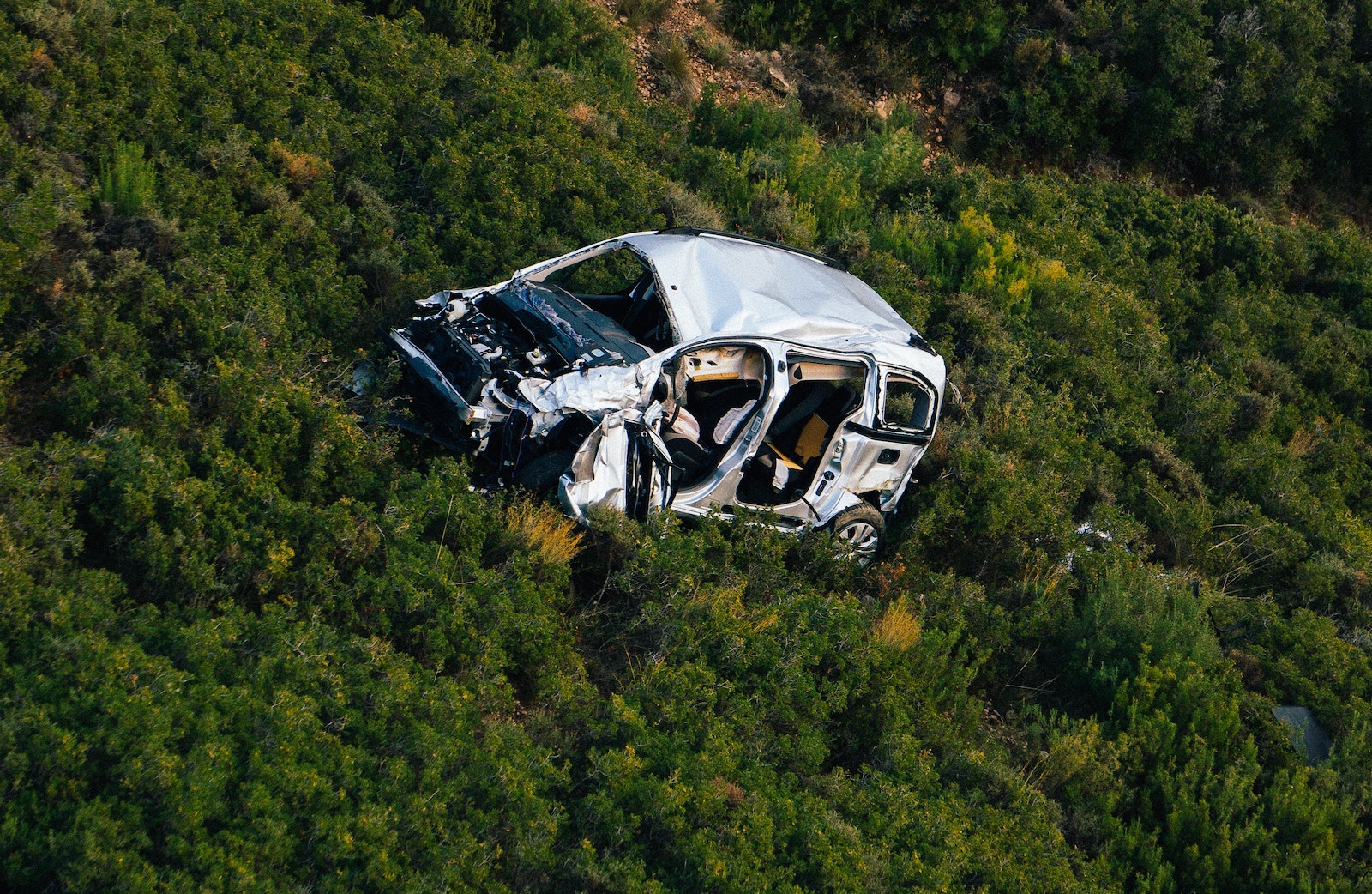Why is Stellantis interested in end-of-life vehicles?

Raw materials, even damaged ones, are now widely recoverable, and Stellantis and Galloo are teaming up to prevent them from “rotting” in nature.
Recycling, refurbishing, and value-added processing of raw materials are at the heart of industrial discussions at the start of this decade. Making new from old has never been more relevant, as resources diminish on the planet and their costs, indirectly, soar due to increasing demand. Consequently, the automotive group Stellantis (Peugeot, Citroën, Fiat, Opel, DS, Maserati, Chrysler, etc.) and Galloo (a leading company in ferrous and non-ferrous metal recycling in Western Europe) have signed a “memorandum of understanding to initiate negotiations aimed at creating a joint venture specialized in recycling end-of-life vehicles”.
Recycling at the heart of a long-term project
Stellantis announced plans to incorporate 40% green materials into new vehicles produced starting in 2030. This commitment aligns with the values of recycling unused materials, particularly end-of-life vehicles. Galloo’s CEO, Rik Debaere, shared his thoughts on the partnership between Stellantis and Galloo:
“We are delighted to announce this new step forward in our longstanding partnership with Peugeot and Citroën, then with Stellantis, and to continue paving the way toward sustainable and responsible activities by giving a whole new meaning to vehicle recycling.”
This initiative benefits ecology, not from a purely philanthropic standpoint, but in line with a welcomed awareness among industries that recycling is a part of the solution to a major problem.
READ ALSO: Stellantis invests in Lithium-Sulfur batteries with Lyten
This page is translated from the original post "Pourquoi Stellantis s’intéresse aux véhicules hors d’usage ?" in French.
We also suggestthese articles:
Also read






